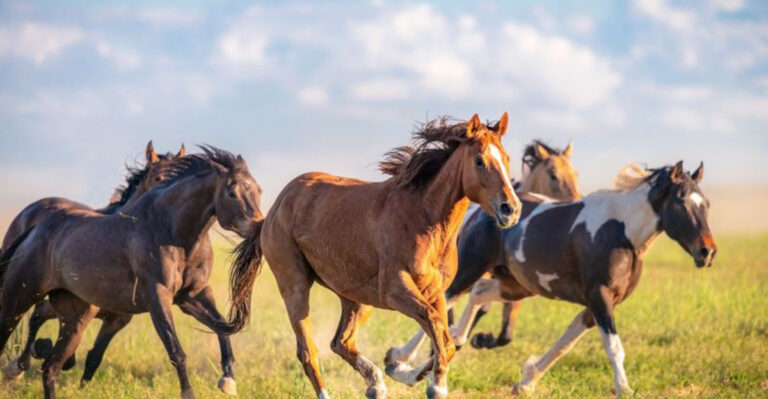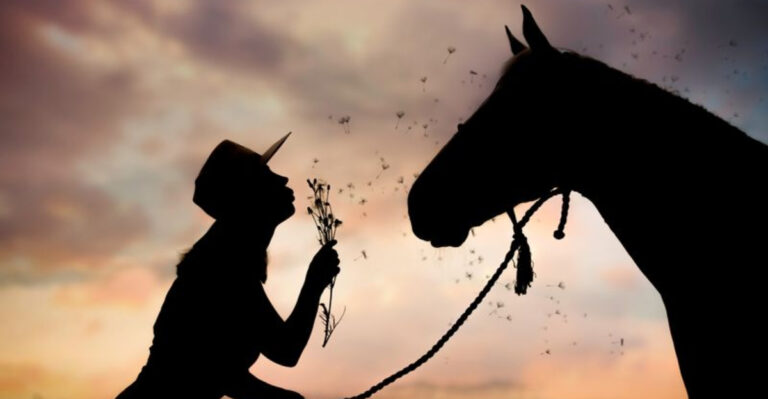23 Birds With Long Beaks (With Pictures Of Each!)
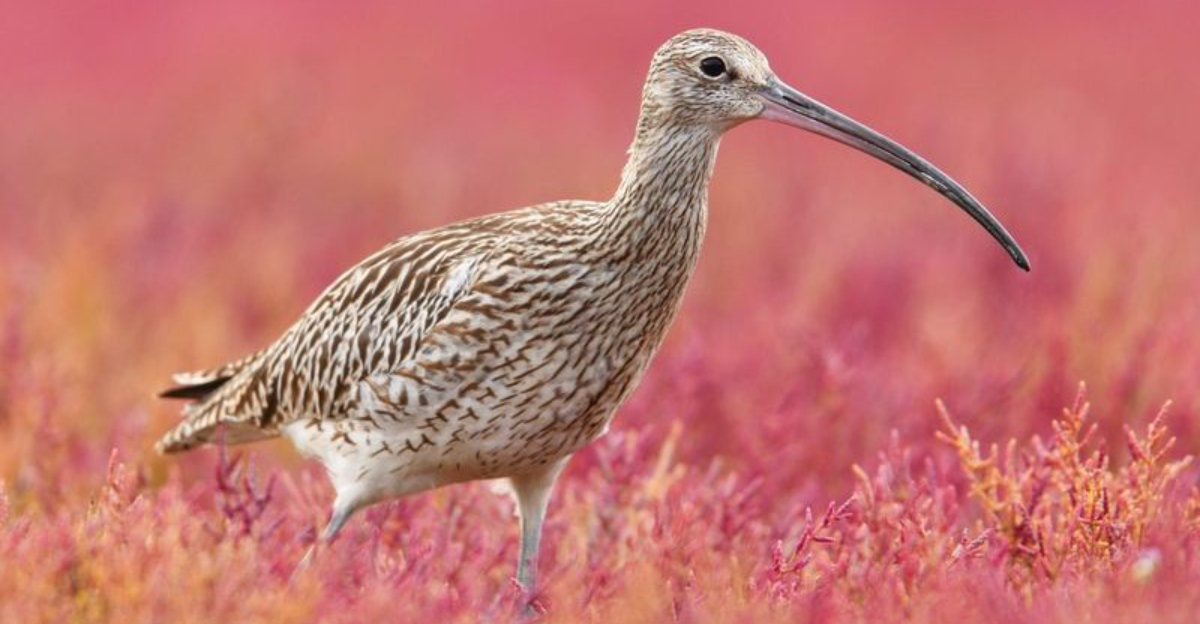
Birds are among nature’s most fascinating creatures, and those with long beaks are particularly intriguing. These unique adaptations allow them to exploit various ecological niches, from probing for insects in the mud to reaching nectar deep within flowers.
In this article, we’ll explore 23 remarkable birds known for their elongated beaks, each with its own story and ecological significance.
1. Sword-Billed Hummingbird
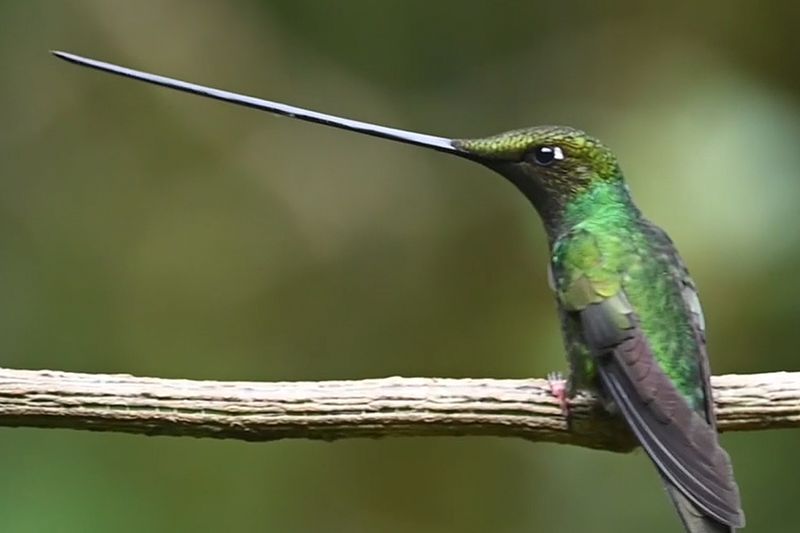
The Sword-billed Hummingbird, native to the Andes, is a marvel of nature. Its beak is longer than its body, a rare adaptation among birds. This extraordinary feature allows the hummingbird to reach nectar deep within flowers that other birds can’t access.
While most birds have to perch to feed, the Sword-billed Hummingbird hovers mid-air, displaying remarkable agility. This bird’s elongated beak is an evolutionary masterpiece, enabling it to thrive in its unique ecological niche.
Such specializations highlight the intricate relationships between birds and the flora around them. Its presence in the ecosystem is vital, as it helps in pollinating flowers that rely solely on its specialized feeding habits. Observing this creature in action is a testament to the diverse strategies life employs to flourish.
2. Australian Pelican
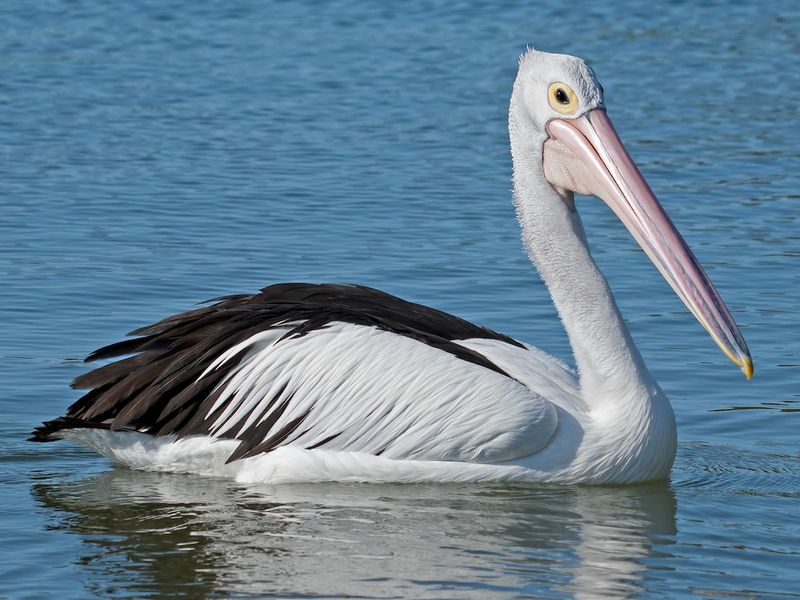
The Australian Pelican is known for having one of the longest bills among birds. This impressive adaptation is not just for display; it serves a critical function in its feeding strategy. When hunting, the pelican uses its beak and large throat pouch as a scoop to catch fish.
By plunging its head into the water, it traps unsuspecting prey, showcasing a blend of patience and precision. This unique feeding method is a testament to the pelican’s adaptation to its aquatic environment.
The pelican’s beak is not just a tool but a symbol of its ecological role, as it helps maintain fish populations in balance. Watching these birds in action provides insight into the evolutionary paths that have shaped their survival.
3. Shoebill Stork
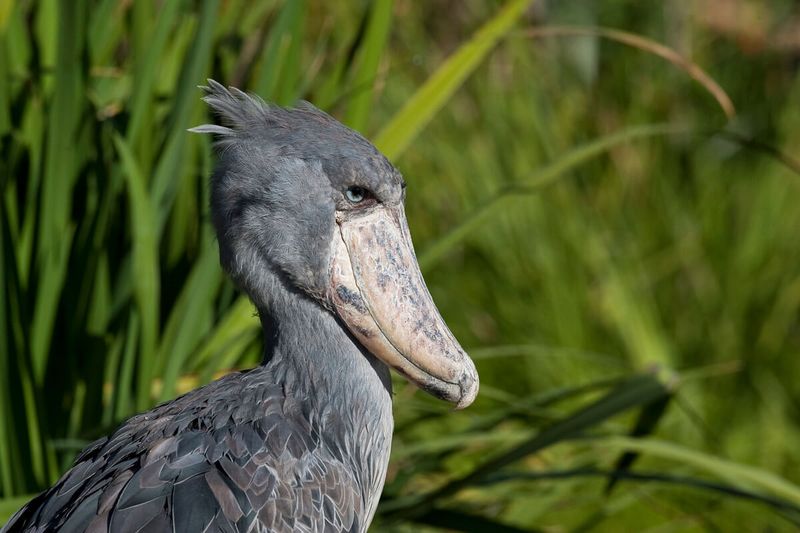
The Shoebill Stork, with its prehistoric appearance, is a bird that captures attention instantly. Its large, shoe-shaped beak is not just for show; it’s a formidable tool for hunting. This bird operates in slow-motion stealth as it stalks through swamps, waiting for the perfect moment to strike.
Its beak is adept at capturing large prey such as fish, amphibians, and even small reptiles, giving it a diverse diet. The Shoebill’s approach to hunting is a blend of patience and precision, reflecting its adaptation to a specific ecological niche. This stork’s life is a fascinating glimpse into the evolutionary marvels that have sculpted such unique features.
4. Roseate Spoonbill
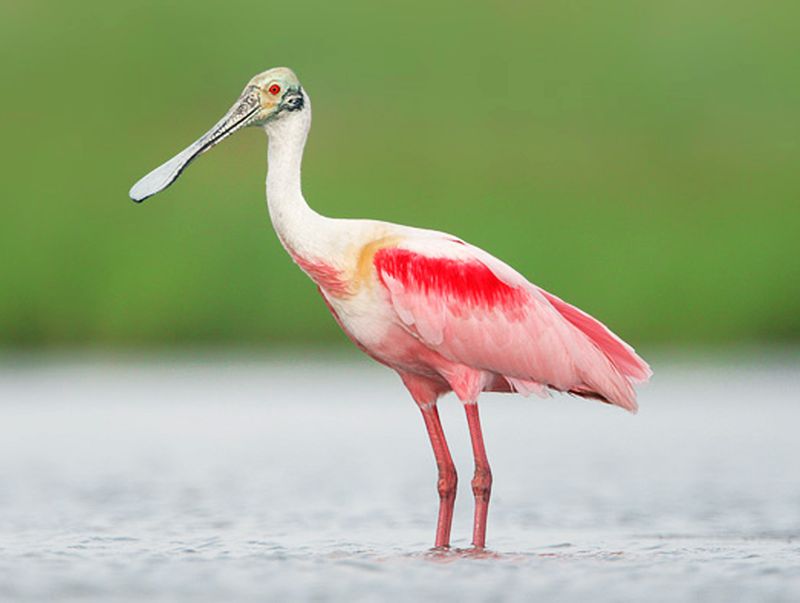
The Roseate Spoonbill, with its striking pink plumage, is a sight to behold. Its most distinctive feature, however, is its spoon-shaped beak. This unique adaptation allows the bird to sift through mud in search of food. By swinging its head from side to side, it captures small fish, crustaceans, and insects, demonstrating an efficient foraging technique.
The spoonbill’s beak is a perfect example of evolutionary ingenuity, enabling it to exploit resources other birds might overlook. Observing these birds in their natural habitat offers a glimpse into the diverse strategies employed by wildlife to thrive.
5. Black Skimmer
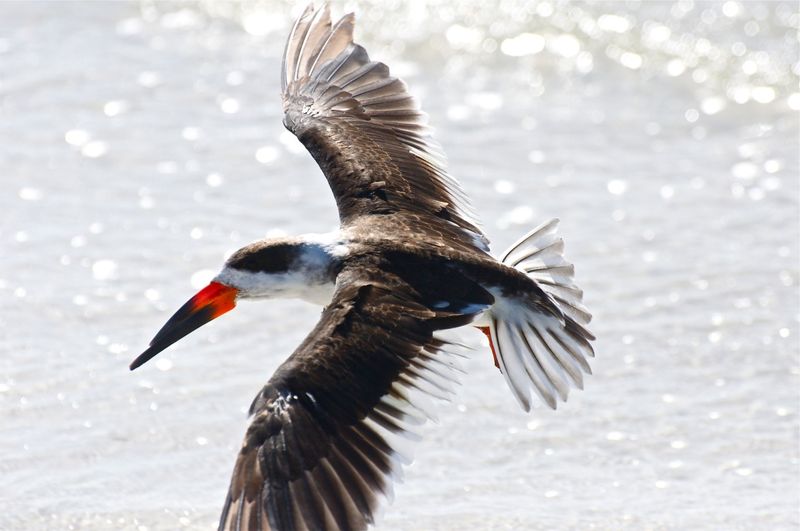
The Black Skimmer is known for its unusual beak, with the lower mandible being longer than the upper. This design is not random; it’s a specialized tool for skimming the water’s surface. As it flies, the lower part of its beak slices through the water, catching fish with precision.
This feeding strategy distinguishes it from other birds, showcasing an incredible adaptation to its environment. The skimmer’s beak functions like a fine-tuned instrument, highlighting the creative solutions found in nature. Watching a Black Skimmer in action is an experience that underscores the elegance and efficiency of evolutionary adaptations.
6. Eurasian Curlew
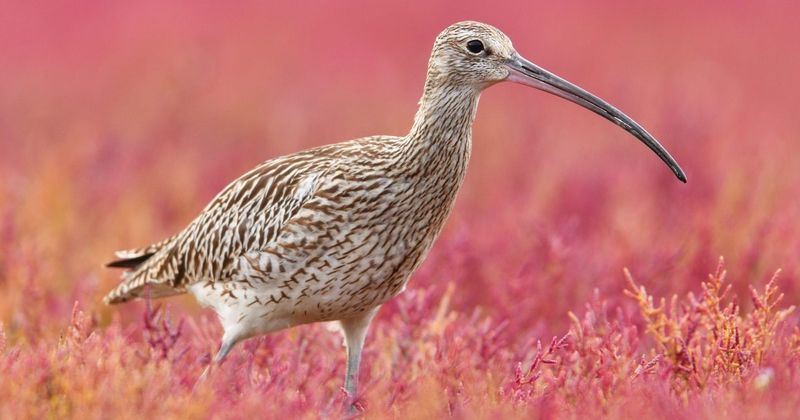
The Eurasian Curlew is easily recognizable by its distinctive long, curved beak. This feature is not merely ornamental but serves a crucial role in its feeding habits. Probing deep into soft mud, the curlew extracts worms and other invertebrates, showcasing an adaptation perfectly suited to its environment.
Its beak acts like a precision tool, allowing it to exploit resources that are out of reach for other birds. The curlew’s foraging strategy reflects a deep evolutionary relationship with its habitat, ensuring its survival in diverse ecosystems. Observing this bird reveals the intricate connection between form and function in nature.
7. Kiwi Bird

Kiwi birds, native to New Zealand, are unique among birds. Their long beaks are highly sensitive, equipped with nostrils at the tip, a feature not found in most birds. This adaptation allows kiwis to detect insects and worms underground, a crucial survival strategy in their forest habitats.
Unlike other birds, kiwis are nocturnal, adding another layer to their distinctiveness. Their beak is not just a feeding tool but a sensory organ, reflecting a complex adaptation to their environment. The kiwi’s life story is a testament to the diverse evolutionary paths that have shaped the avian world.
8. Greater Flamingo
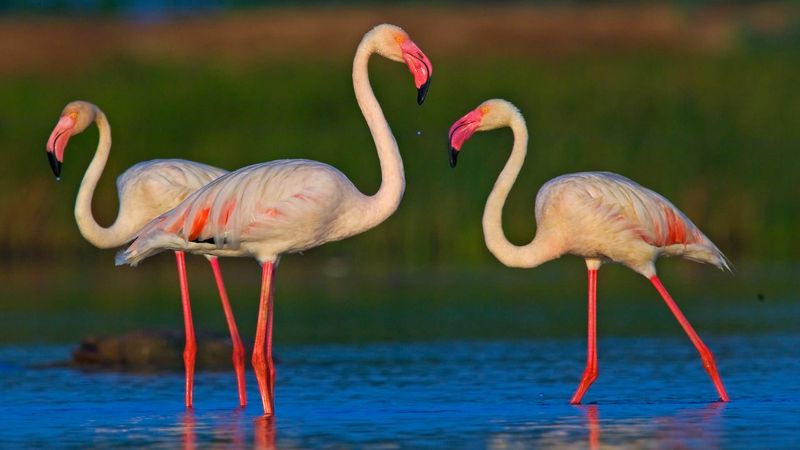
The Greater Flamingo’s long, downward-curved beak is a specialized feeding tool. This elegant bird employs a filter-feeding technique, sifting through water to capture algae and small organisms. Its beak features a unique structure that allows it to pump water in and out, trapping food particles efficiently.
This method reflects an intricate adaptation to its aquatic lifestyle. Flamingos’ striking pink color is a byproduct of their diet, a visual reminder of their ecological niche. Observing a flamingo’s feeding behavior reveals the sophisticated strategies birds use to survive and thrive.
9. Long-Billed Curlew
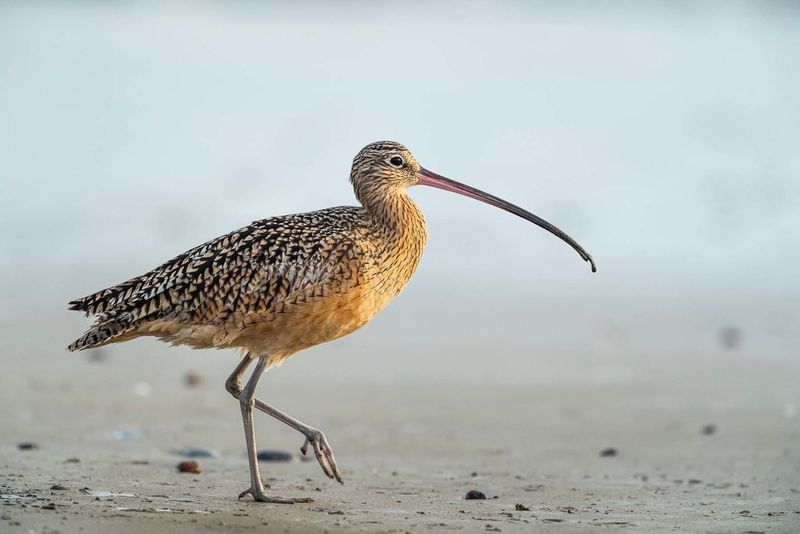
The Long-billed Curlew bears the title for having one of the longest beaks among shorebirds. This remarkable adaptation is crucial for accessing deep-burrowed prey. Its beak acts like a specialized probe, allowing it to extract insects and crustaceans from the soil.
This feature highlights the curlew’s role in its ecosystem as a skilled forager. By observing its feeding behavior, one gains insight into the intricate relationship between the bird’s physical traits and its ecological role. This bird exemplifies the myriad ways nature crafts tools for survival.
10. American Woodcock
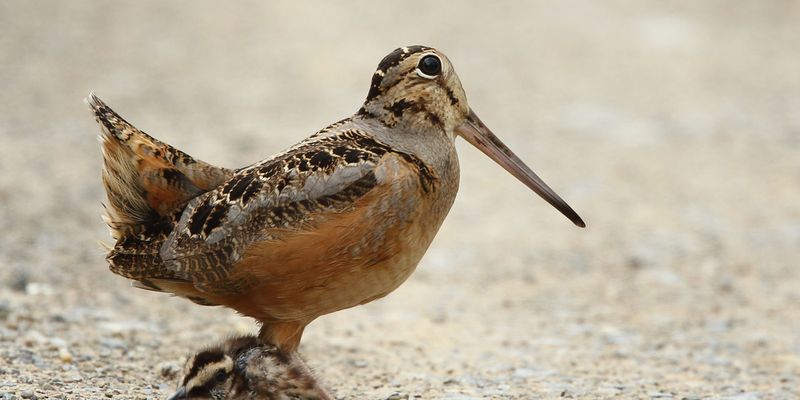
The American Woodcock, with its long, straight beak, is a master of camouflage. This bird’s beak is not just for probing the soil but is finely tuned for detecting movement beneath the surface. Woodcocks use their sensitive beaks to find earthworms, their primary diet.
This adaptation allows them to thrive in forest habitats where other food sources may be scarce. Their unique feeding strategy showcases an evolutionary response to environmental pressures, making the woodcock a fascinating study in avian adaptation. Observing their behavior highlights the delicate balance between form and function in nature.
11. Ibis
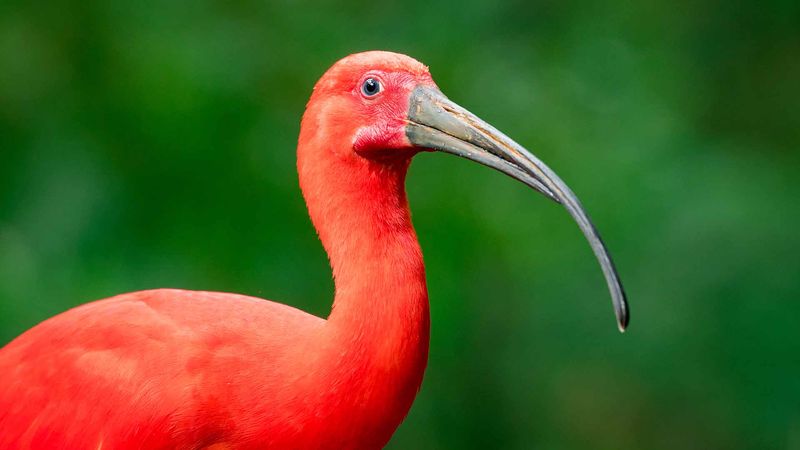
The Ibis, with its long, curved beak, is a familiar sight in wetlands. This bird uses its beak to probe into the soft mud, extracting small creatures hidden below. Its feeding technique is a dance of precision and patience, reflecting its adaptation to swampy environments.
The ibis’s beak is more than a tool; it’s a symbol of its ecological niche. By observing ibises, one can appreciate the complex interplay between their physical form and feeding habits. These birds illustrate nature’s ability to mold creatures perfectly suited to their habitats.
12. Marabou Stork
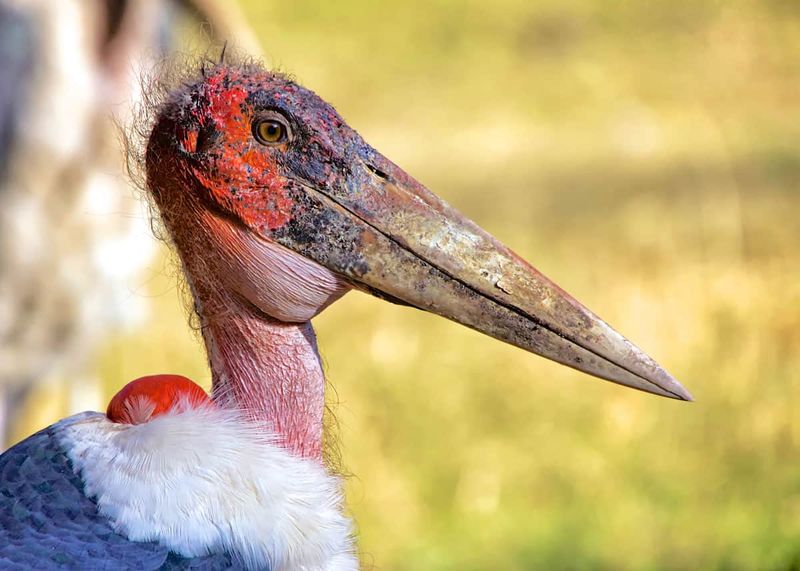
The Marabou Stork is renowned for its immense beak, which complements its scavenger lifestyle. Unlike other storks, it thrives on carrion, using its beak to pierce through tough hides. Its role as a scavenger is crucial, as it helps clean up ecosystems by consuming dead animals.
This relationship highlights the stork’s importance in maintaining ecological balance. The marabou’s beak is a powerful adaptation, showcasing the diverse roles birds play in nature. Observing this stork in its natural habitat reveals the complex interactions within ecosystems.
13. Collared Aracari
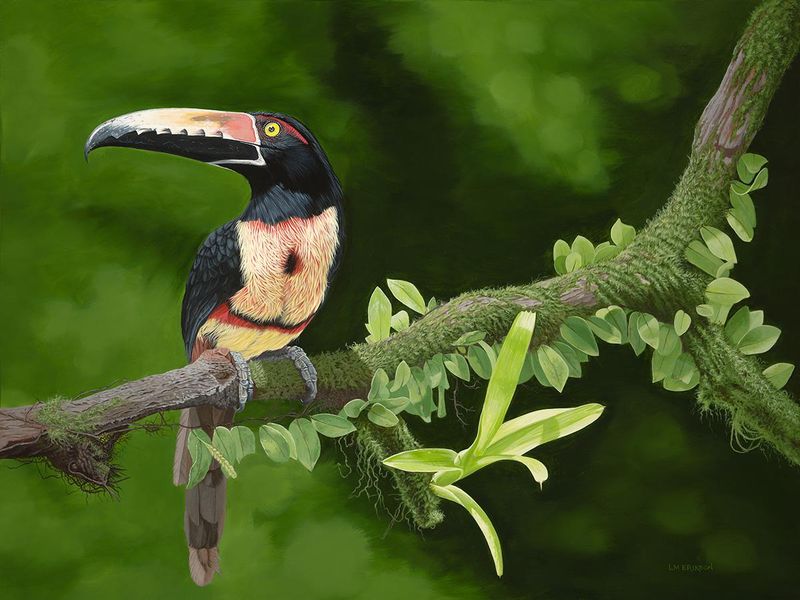
The Collared Aracari, a member of the toucan family, boasts a vibrant beak that is both colorful and functional. This long beak is essential for reaching fruit high in trees, ensuring the aracari’s survival in dense rainforests.
Its beak also plays a role in social interactions and nesting, highlighting its multifunctional nature. The aracari’s vibrant appearance is not just for show but reflects its role in seed dispersal. By observing these birds, one can witness the intricate connections between their physical traits and ecological roles. The aracari’s beak is a testament to the diverse strategies birds employ to thrive.
14. Keel-Billed Toucan
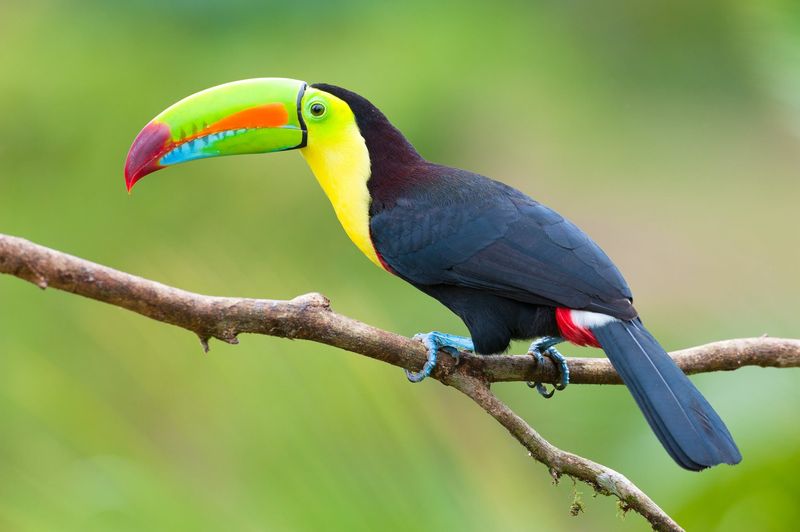
The Keel-billed Toucan’s beak is a riot of colors, drawing attention at first glance. Beyond its striking appearance, this long beak is an essential tool for feeding and socializing. In the dense rainforest, the toucan’s beak allows it to pluck fruit that other animals can’t reach.
This adaptation plays a significant role in the toucan’s survival and the dispersal of seeds. The beak’s lightweight structure is a marvel of nature, balancing form and function. Observing the toucan provides insight into the complex relationships between birds and their environments.
15. Wood Stork
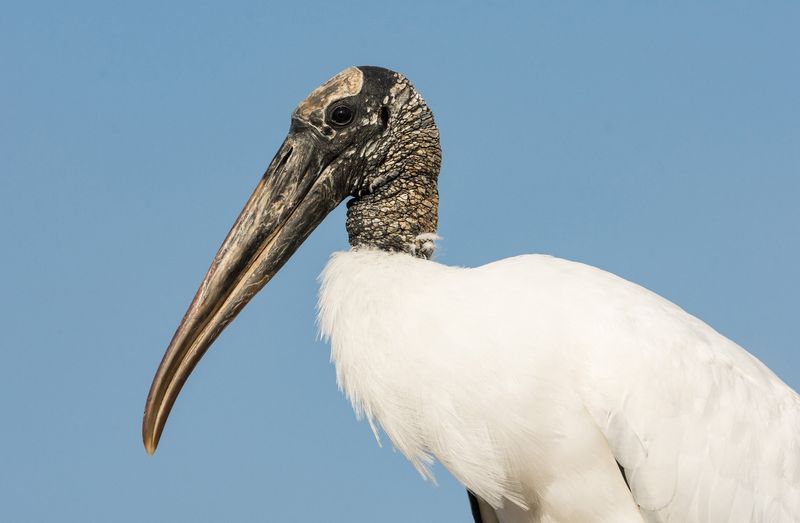
The Wood Stork’s long beak is a vital tool for survival in wetland environments. This bird employs a unique feeding strategy, using its beak to sense and capture prey in murky waters. By feeling for fish and frogs, the stork’s beak acts as a precise instrument, a testament to its adaptation to its habitat.
This feeding technique underscores the bird’s role in maintaining wetland ecosystems. Observing a Wood Stork in action reveals the delicate balance between its physical attributes and ecological niche. The stork’s beak is a fascinating study of evolutionary adaptation.
16. Clapper Rail
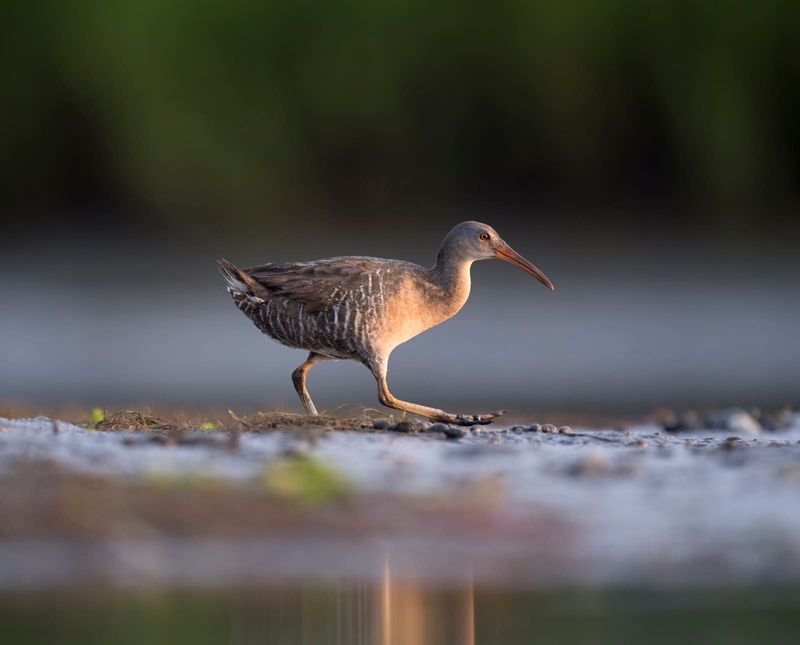
The Clapper Rail is a secretive bird, often found in coastal marshes. Its long beak is an adaptation for foraging in muddy environments. Probing into the mud, it captures crabs and other small creatures, showcasing a feeding strategy tailored to its habitat.
The rail’s beak is a symbol of its ecological role, emphasizing its niche in the marsh ecosystem. Observing this bird offers a window into the varied adaptations birds develop to survive. The Clapper Rail’s beak is a tool of precision, reflecting the intricate ways nature equips its creatures.
17. Black-Billed Toucan
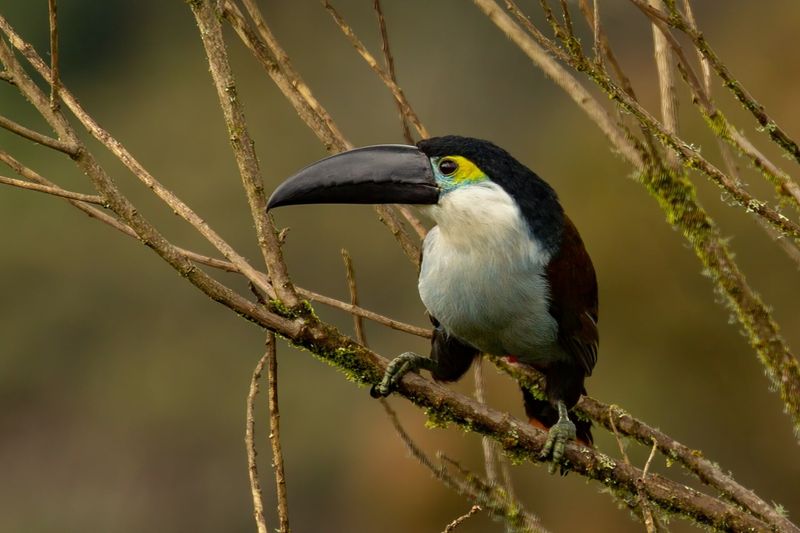
The Black-billed Toucan, with its striking beak, is an emblem of the tropical forests it inhabits. This long beak is more than decorative; it’s a functional tool for reaching fruits. Its role extends beyond feeding, as the beak is crucial for social interactions and nesting.
The toucan’s vibrant presence highlights its importance in seed dispersal and forest ecology. By observing these creatures, one sees the intricate connections between their physical traits and environmental roles. The Black-billed Toucan’s beak is a testament to nature’s creativity and adaptation.
18. Scythebill
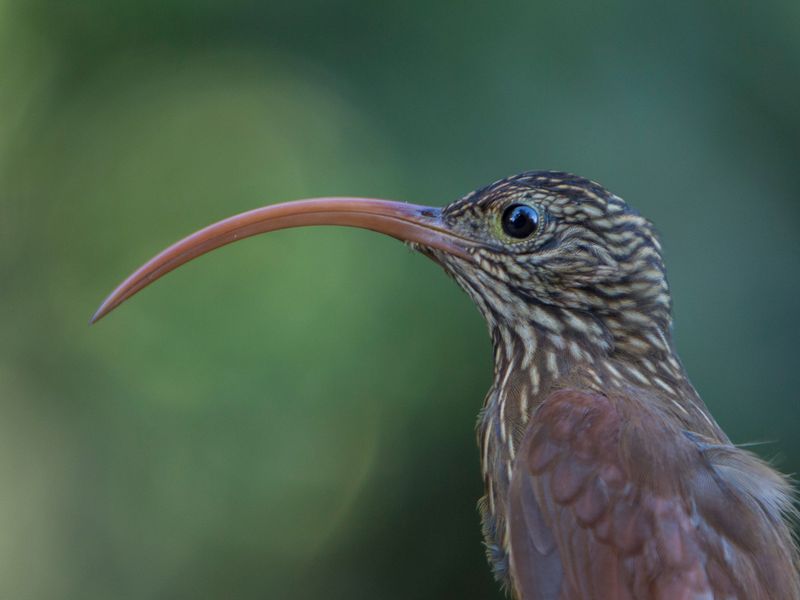
The Scythebill’s name is inspired by its long, curved beak, reminiscent of a scythe. This fascinating adaptation allows it to extract insects hidden within tree bark. In dense forests, the scythebill’s beak is an essential tool for survival, enabling it to access food sources unavailable to others.
This feature underscores its role in forest ecosystems. By observing the Scythebill, one gains insight into the diverse adaptations birds develop. Its beak is a marvel of evolutionary engineering, highlighting the intricate connections between form and function.
19. Long-Billed Hermit
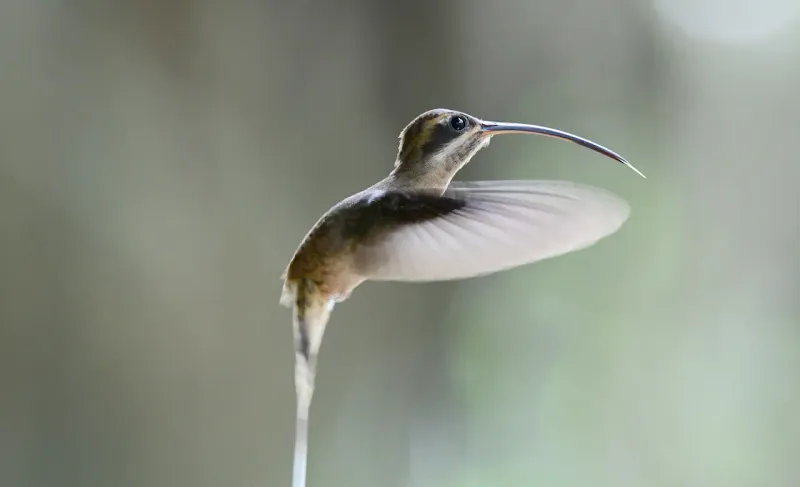
The Long-billed Hermit is a remarkable hummingbird, distinguished by its extended beak. This adaptation allows it to access nectar deep within flowers, a crucial survival trait in rainforests. Its beak is perfectly evolved for feeding on specific flowers, showcasing a mutualistic relationship with its environment.
This specialization highlights the intricate connections between hummingbirds and their habitats. Observing the Long-billed Hermit reveals the complex interplay between avian adaptations and ecological roles. Its beak is a symbol of evolutionary precision, reflecting the diverse strategies nature employs.
20. Goliath Heron
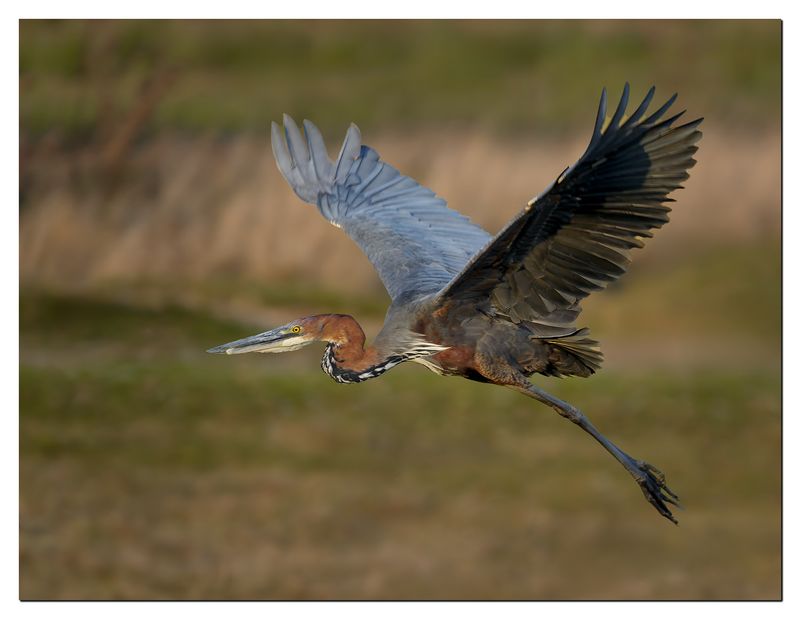
The Goliath Heron, true to its name, is the largest heron species, boasting an enormous beak. This impressive feature is essential for hunting in shallow waters. Its beak functions as a spear, allowing the heron to catch large fish with precision.
This adaptation is a testament to its role as a top predator in wetland ecosystems. Observing the Goliath Heron in its natural habitat reveals the intricate connections between its physical form and hunting strategy. Its beak is a marvel of nature’s design, highlighting the sophisticated adaptations birds possess.
21. Buff-Necked Ibis
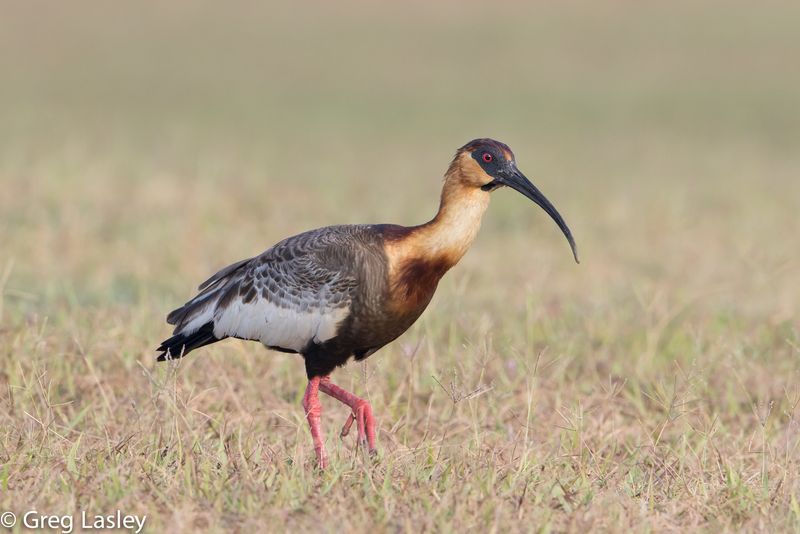
The Buff-necked Ibis, with its distinctive long beak, is a common sight across South American grasslands. This adaptation is crucial for foraging on the ground, allowing it to extract insects and small vertebrates. Its beak serves as a versatile tool, highlighting the ibis’s role in its ecosystem as a forager and predator.
The bird’s presence is a reminder of the complex relationships between animals and their habitats. Observing the Buff-necked Ibis offers insight into the diverse strategies birds develop to survive. Its beak is a testament to nature’s ingenuity in shaping survival tools.
22. Black-Tailed Godwit
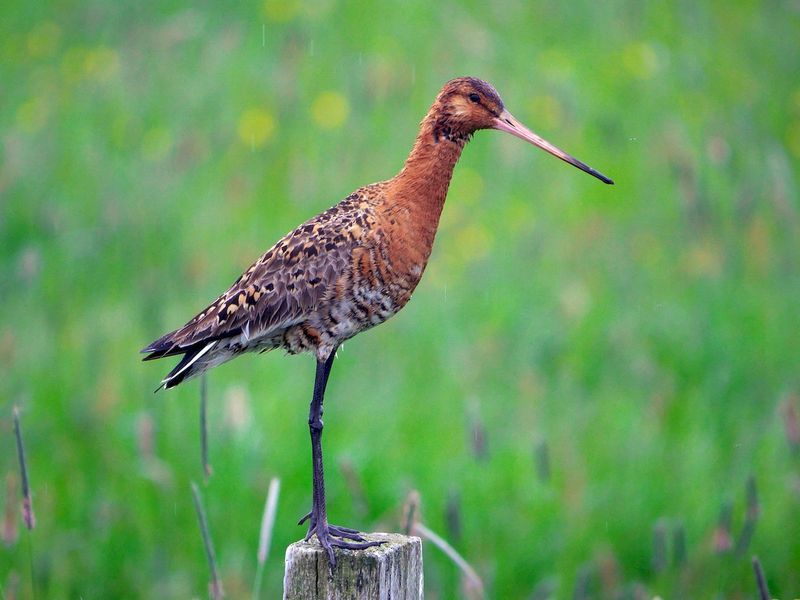
The Black-tailed Godwit is notable for its long, straight beak, perfectly designed for probing soft mud. This adaptation enables it to access deep-buried invertebrates, a critical food source in its coastal habitats. The godwit’s feeding strategy reflects a finely-tuned relationship with its environment, ensuring its survival across diverse ecosystems.
Its beak acts like a precision instrument, allowing it to exploit food resources efficiently. Observing the Black-tailed Godwit in action provides a glimpse into the intricate balance between avian adaptations and ecological roles. Its beak is a symbol of evolutionary success, highlighting the creative solutions birds develop to thrive.
23. Purple Gallinule
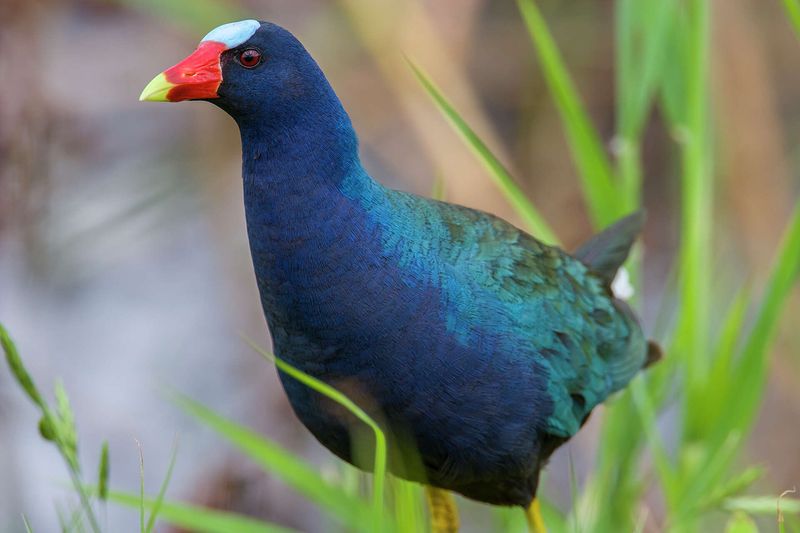
The Purple Gallinule is a striking bird known for its vibrant plumage. Its long, yellow beak is not just for show; it’s an essential tool for foraging. This bird thrives in wetlands, where it gracefully walks on floating vegetation.
With its beak, the Gallinule deftly picks seeds, insects, and small aquatic creatures. Its colorful appearance and agile movements make it a delightful sight in its natural habitat.
Observing a Purple Gallinule can feel like watching a piece of living art. Its adaptability and skill in using its beak showcase the wonders of avian evolution.

